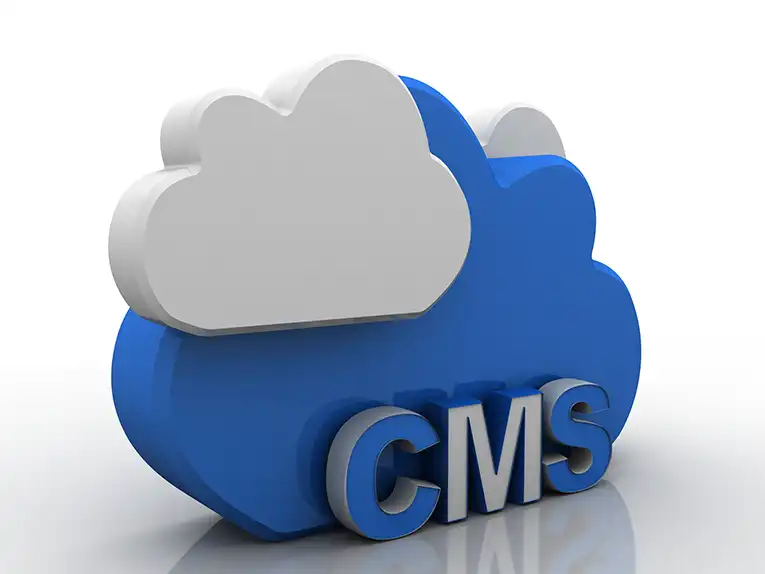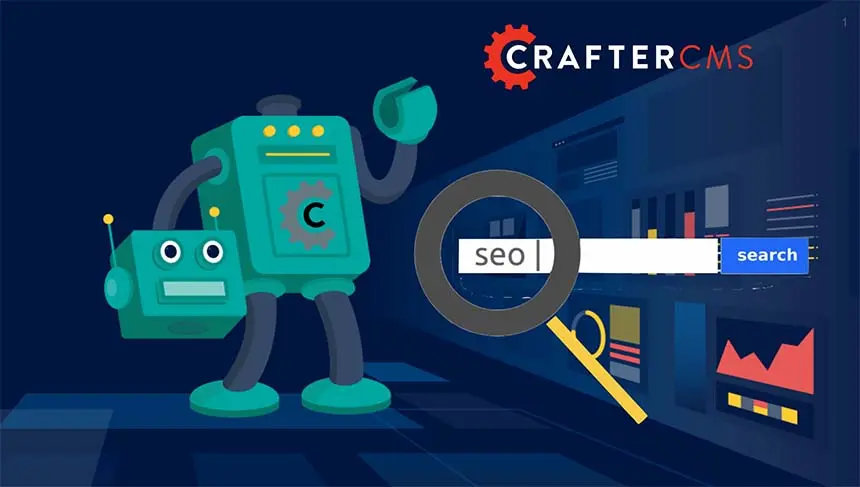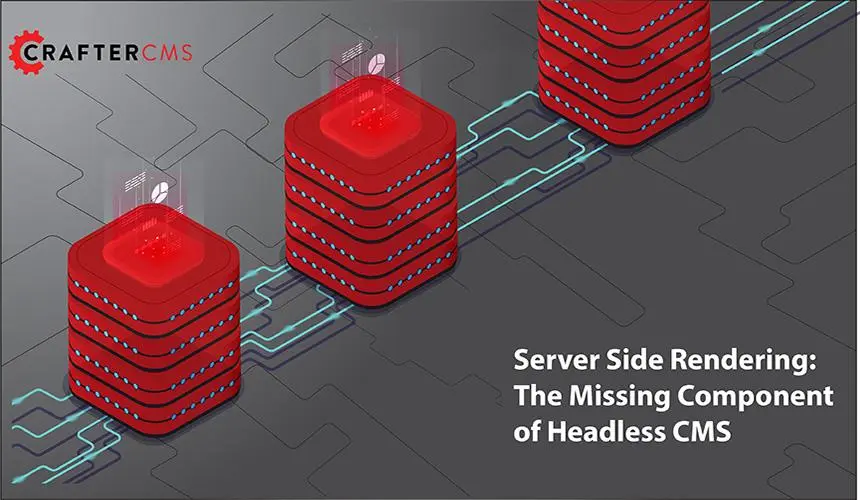Why Innovation Matters in the Current CMS Landscape

Mike Vertal

The CMS market is massive and continues to grow at a rapid pace.
In fact, the global CMS market is predicted to reach $126 billion in revenue by 2026. New vendors keep popping up to capture some of this market, but the reality is that most new products that are being released are not that innovative, nor do they enable digital innovation within the organization.
Most CMS users aren’t stopping and asking: what differentiates any CMS from another and do any of them really allow us to innovate? With this issue in mind, let’s take a closer look at the unique architecture of CrafterCMS, and how it solves a wide range of real-world problems.
Why Innovation Matters
Most new CMS solutions that come out are more or less the same. They choose a trending technology — GraphQL, NoSQL, React, headless, or something else — and build a new CMS around this. That means these solutions get some hype, but not for long.
The problem is that those who adopt these solutions are striving for an innovative technology, instead of looking for a platform that enables them to innovate on their own. We see the same thing happening with organizations who strive only for digital transformation, instead of the broader goal of digital innovation.
Digital transformation means revamping people, process, and software to keep up in the digital era, but digital innovation means adopting the organizational culture necessary to adapt for the future. And an essential aspect of this is implementing a tech stack that acts as a platform for innovation.
CrafterCMS: The Platform For Innovation
CrafterCMS was designed to be an innovative-first CMS from the start. In particular, it was built from the ground up using a decoupled, stateless, microservices architecture around a Git-based distributed repository and continues to implement crucial capabilities that enable innovative development of digital experiences.
Decoupled Architecture
CrafterCMS has a flexible, composable architecture that’s unmatched by other CMS solutions on the market. There are many CMSs that are decoupled in theory, but not in practice. If the authoring and delivery tiers of a CMS rely on a shared database, then it’s not a truly decoupled solution.
That’s why CrafterCMS has a completely shared nothing architecture. The authoring tier — Crafter Studio — and the delivery tier — Crafter Engine — are truly decoupled with content publishing (Crafter Deployer) serving as the mechanism to push content (in the form of XML files, static assets, etc.) from authoring to delivery. The authoring and delivery systems are totally separate systems, and can be scaled and managed to meet each of their particular needs.
Git-based Content Repository
Many of today’s newer CMS solutions leverage a NoSQL database like MongoDB. While a document-based NoSQL database may offer some advantages over a traditional SQL database, it’s not a necessarily unique approach to content management. In the end, it’s still just another CMS that relies on a database for content storage.
Further Reading: Is a NoSQL CMS Really That Innovative?
CrafterCMS, on the other hand, sits atop a Git-based distributed repository. With this unique approach, everything necessary for a modern web experience — content, code, and configuration — can be stored together. A Git-based CMS, therefore, makes it easier to deploy code and keep content in sync across different environments. We call this process “Code Forward, Content Back” within our innovative DevContentOps(R) process for managing content-driven apps.
GraphQL Native
There’s no question that GraphQL can streamline the process for building a new frontend app for most development teams. That’s because one of the greatest challenges of an integration is learning the proprietary APIs of a particular vendor, but GraphQL offers a standardized query language that many developers are already familiar with.
Many headless CMS solutions have recognized this and jumped on the bandwagon by tacking on support for GraphQL, but the typical approach is not ideal. Most solutions are using the Apollo platform instead of developing a native implementation of GraphQL themselves, and this has some drawbacks. For one, utilizing a third-party like Apollo as an intermediary can create bottlenecks that leads to performance issues at scale. In addition, plugins and other custom modifications are more clunky because they only impact the Apollo portion of the request cycle and aren’t directly integrated into the CMS itself.
Read More: What Is a Headless CMS (And Do You Need One?)
CrafterCMS, in contrast, has native support for GraphQL. The platform implements GraphQL schemas, resolvers, and other metadata, so content passes directly from CrafterCMS to the frontend without any intermediary layers. The platform also dynamically updates the schema to reflect any content type changes in Crafter Studio automatically. Finally, the Crafter’s GraphQL implementation is extensible in the same way as its REST APIs. Headless 3.0 brings a vastly improved developer experience that drives technical innovation.
Open and Extensible
A crucial aspect of digital innovation is the ability to extend or modify your tech stack to better meet your specific business needs. That’s why proprietary CMSs or cumbersome digital experience platform (DXP) solutions often stifle innovation. An open source CMS like Crafter, however, ensures that you can integrate whichever libraries, tools, and technologies you need to keep up with the rapidly changing digital landscape. A community of open source users and developers keeps it on the leading edge of innovation.
The new CrafterCMS Marketplace has a number of plugins available to streamline enterprise development. There are starter blueprints for a variety of use cases ranging from personalized websites to Gatsby-based blogs to e-commerce sites to OTT streaming video platforms. With CrafterCMS, you can get new digital experiences to market faster than ever before.
Further Reading: Introducing CrafterCMS Marketplace
CrafterCMS: The Content Platform For Digital Innovation
CMS vendors continue to enter the market with their primary differentiator being the latest technology trend. The problem is that trends come and go all the time — and especially so with frontend technologies — so companies that implement these solutions are quickly left with a legacy solution.
At CrafterCMS, we pose the question: why reinvent the wheel when there’s already high-quality open source platforms available. An innovative-first platform like CrafterCMS continues to implement the latest emerging technologies, while also enabling organizations to become sources of digital innovation themselves. When you have a CMS that’s futureproof, you won’t need to migrate to yet another CMS ever again.
Related Posts

Building Personalized Digital Experiences for a Cruise Liner

Sara Williams

CrafterCMS Wins More G2 Awards Spring 2024

Amanda Lee

What Is a Cloud CMS? (Unlocking the Benefits of a CMS in the Cloud)

Sara Williams

Headless CMS SEO (How to Do SEO Right With a Headless CMS)

Amanda Jones










